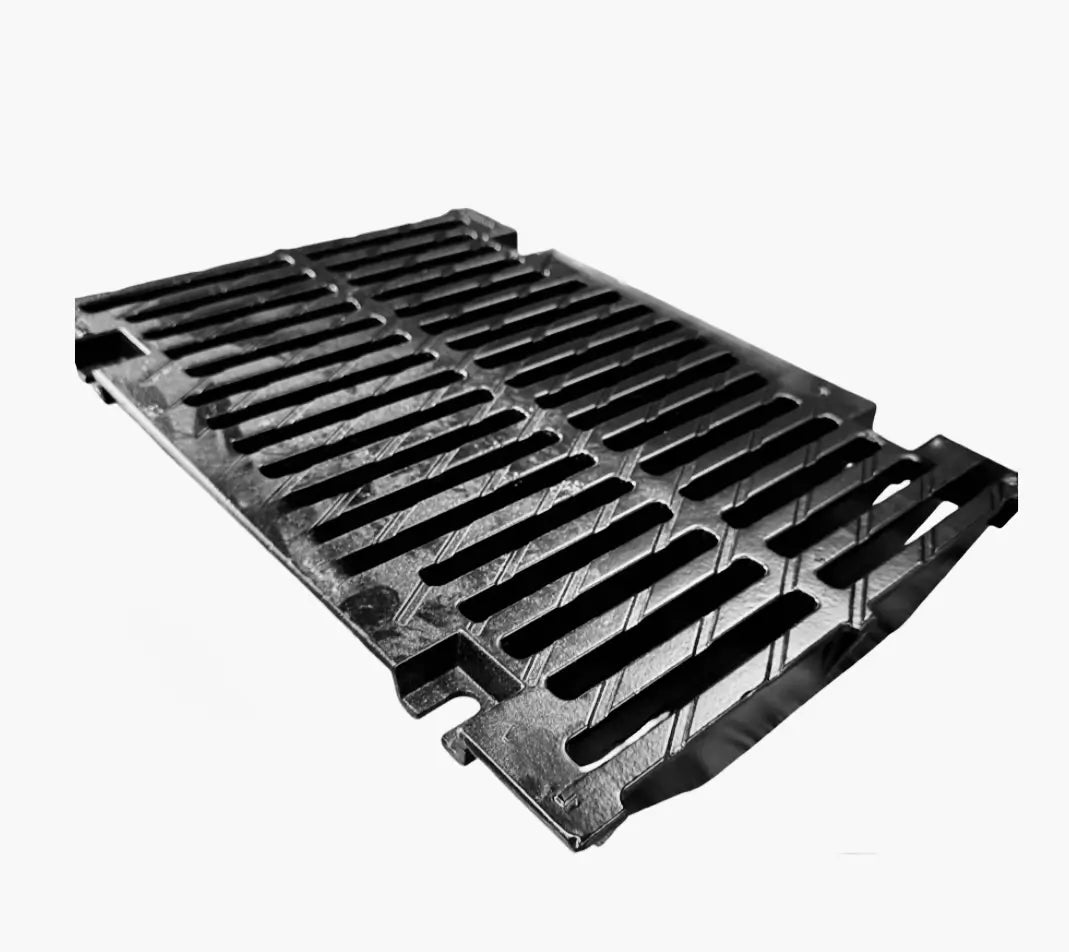
Cargo Port Trench Drains
Cargo ports, terminals, and intermodal yards require drainage systems that can withstand massive vehicle loads, saltwater exposure, and harsh marine environments. Proper trench drainage is vital for maintaining safety, preventing flooding, and protecting infrastructure from corrosion and environmental contamination. TrenchDrainCo trench drain systems are engineered for unmatched load performance, chemical resistance, and hydraulic capacity — ensuring reliable drainage across container yards, wharves, and loading terminals.
Key Requirements
-
Load Rating
Typically E600 to F900, depending on port operations.
• Container and heavy-lift zones: F900 for straddle carriers, reach stackers, and cranes.
• Truck lanes and logistics yards: E600 for constant vehicular traffic.
• Pedestrian and access walkways: C250–D400.
• Fueling, maintenance, and storage areas: D400–E600 with chemical-resistant channels.
Trench drains must handle extreme static and dynamic loads with zero deformation or movement.
-
Material Durability
Cargo ports face exposure to saltwater, fuels, oils, and de-icing chemicals.
• Fiber-Reinforced Concrete (FRC) or Polymer Concrete channels for maximum structural integrity and compressive strength.
• Ductile-iron grates and frames for F900-rated load-bearing performance.
• Stainless steel 316 components for marine-grade corrosion resistance.
• Galvanized or epoxy-coated edge rails to protect against salt corrosion and oxidation.
• HDPE systems for secondary, non-traffic applications or maintenance areas.
-
Site Conditions
• Constant exposure to salt spray, tidal moisture, and runoff containing hydrocarbons.
• Surfaces must be designed with precise slopes (1–2%) toward drains to prevent ponding on flat-grade terminals.
• Systems must integrate with oil/water separators to prevent pollution discharge into marine ecosystems.
• Freeze–thaw and UV resistance are critical for year-round functionality.
• Drainage networks should accommodate large surface areas with high peak flow rates during storms.
-
User Requirements
• Extreme durability: Resist heavy wheel loads and corrosion from salt and chemicals.
• Safety: Slip-resistant, heel-proof grates for pedestrian and crew access zones.
• Environmental compliance: Capture and contain contaminated runoff per EPA and IMO standards.
• Ease of maintenance: Large-access grates and sediment traps for rapid cleaning.
• Longevity: Engineered to perform in marine environments for decades without degradation.
• Hydraulic performance: Designed to move high volumes of water across large flat surfaces.
Recommended TrenchDrainCo Systems

TrenchDrainCo FRC Marine Series
Heavy-duty fiber-reinforced concrete trench drain rated up to F900 — ideal for cargo terminals, container yards, and crane pathways.

TrenchDrainCo LEO 1200
Ductile-iron grate and frame system for high-impact port traffic and maintenance lanes.

TrenchDrainCo Stainless Marine Series
316 stainless steel system for fueling areas, chemical zones, and coastal exposure.

TrenchDrainCo Model 600
Lightweight, corrosion-resistant drain for auxiliary or perimeter infrastructure.

Engineering Notes
When designing trench drains for cargo ports:
- Use marine-grade 316 stainless or epoxy-coated reinforcement in all saltwater-exposed areas.
- Specify F900-rated systems for straddle carrier and crane routes.
- Integrate oil/water separators at outlet points for environmental compliance.
- Ensure high hydraulic capacity with wide channel designs (≥ 12 inches) for large surface drainage.
- Use locking ductile-iron grates to prevent displacement under vibration.
- Plan for thermal expansion joints and heavy anchor systems in reinforced concrete slabs.
- Design drainage to comply with EPA NPDES and IMO MARPOL pollution control requirements.

Engineered for global trade. Built for the toughest environments.
Contact TrenchDrainCo for a trench drain system designed for cargo terminals, ports, and marine logistics facilities.
📞 Call us: 212-946-3798
📧 Email us: info@trenchdrainco.com







